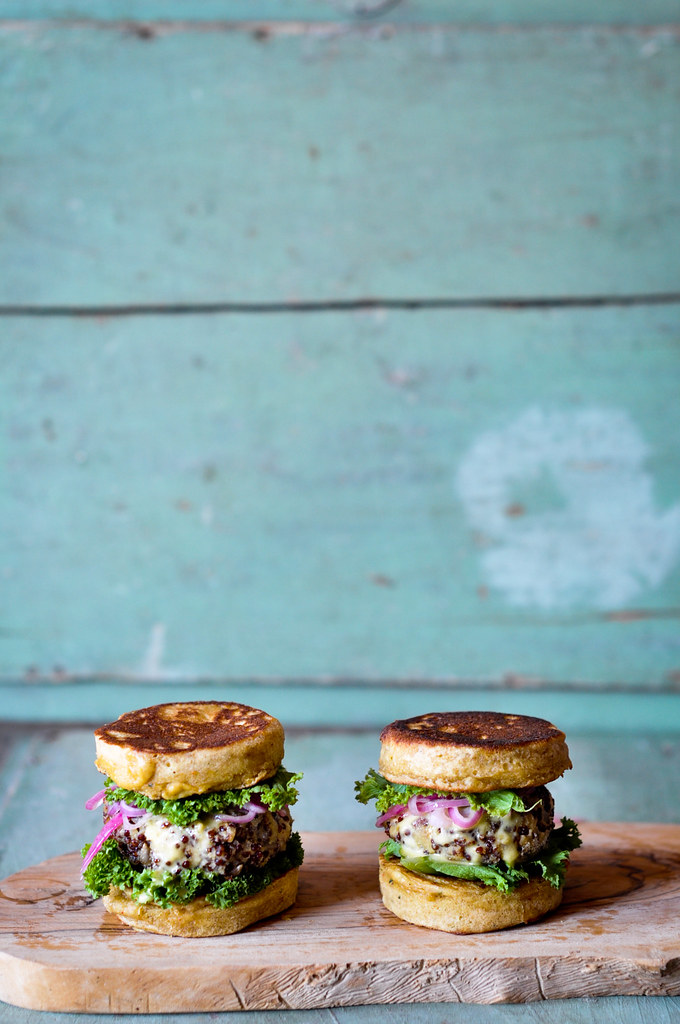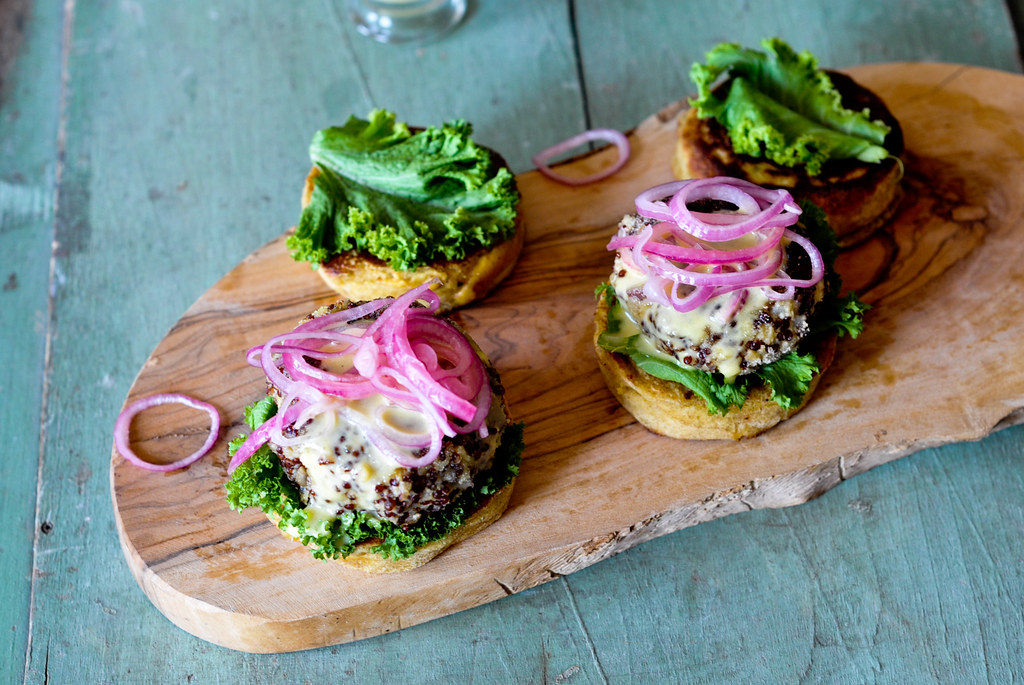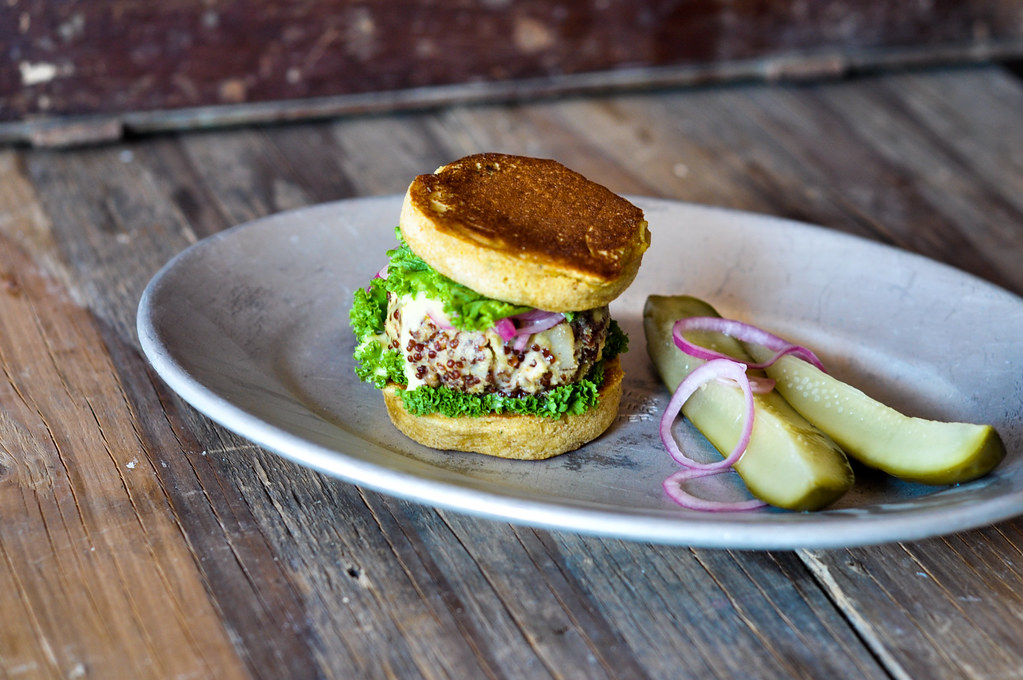
There is a certain luxury in living life across borders and a certain jauntiness that comes with that in the purposeful blending of cuisines. Having lived in India, Japan and now the US and including my travels in Europe, I have mentally collected, hoarded really, several cooking ideologies and traditions.
At times, this wide range of experience makes me want to play and experiment without necessity and just for the pleasure and thrill of it. This is in broad terms called fusion cuisine. I am all for it because it is whimsical and filled with flow. But, it really serves no real purpose or fills no void. It is simply an expression of art.
At other times, I am struck by the simplicity with which a solution to a dietary constraint can be so easily borrowed from another cuisine and near seamlessly applied. This isn't a hack, it is progressive collaboration.

On a recent visit to South India, I reconnected with the vast variety of the regional cuisine and reacquainted myself with dishes I had lost touch with. One day, as I was eating the oh-so-delicate
neer dosa
and was struck by an epiphany; Indian cuisine has several naturally gluten free, vegetarian and vegan ideas! All it needed was a bit of adaptation for a different application or palate.
Of that stroke was born a few ideas that are approachable, accessibly, non-curry like in taste and entirely functional in the Western eating agenda.
Today, I share one such inspiration with you. A gluten free Quinoa Burger sandwiched between
and stacked with quick pickled onions, homemade garlic aioli and fresh mustard greens. The burger itself is inspired by the aloo tikki with coconut flour forming the binding agent.

The buns, now, are my pride. I played with the ratios to create that rise and sponginess one expects in a burger bun while keeping it entirely gluten free by using chickpea flour. The secret here is resting the batter when mixed. Although the flour does not have gluten, this resting period allows some form of bonds to be formed that mimics the functionality of gluten, making the bread similar in texture and crumb to its gluten equivalent. The optimal resting period is 15-30 minutes. Less than that, the dough bleeds without coming together, any longer and it goes flat and the water separates.
I own, I do not know the chemistry behind this happens, but I tested it numerous times and it works. No other flour, lentil or grain (other than gluten ones), possesses such structural integrity as that of the chickpea. It is no wonder, then, that it is used so extensively in several cuisines that consume a variety of flours in ways other than bread and cake, Italian, Meditteranean, Indian, amongst possibly others, I don't know about.
If you know of other cuisines that use the versatile chickpea in interesting ways, I would love to hear about it!
Find my recipe for the burger buns on FOODLY and the burger itself is featured in the latest issue of NOURISHED magazine!
